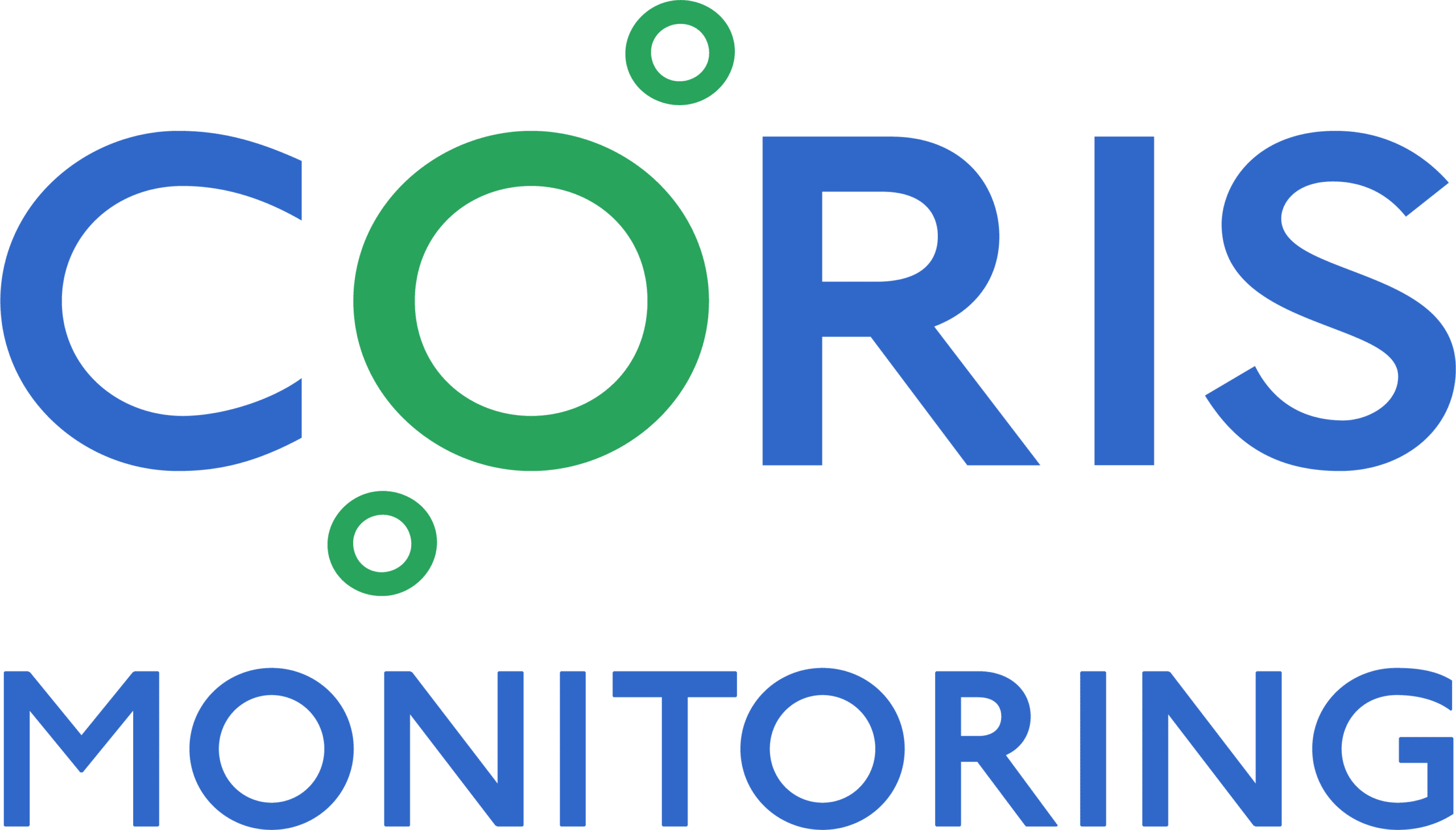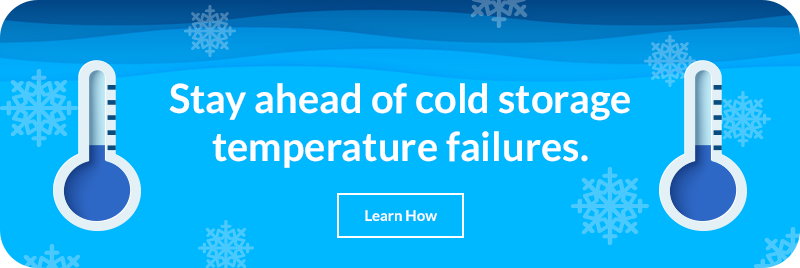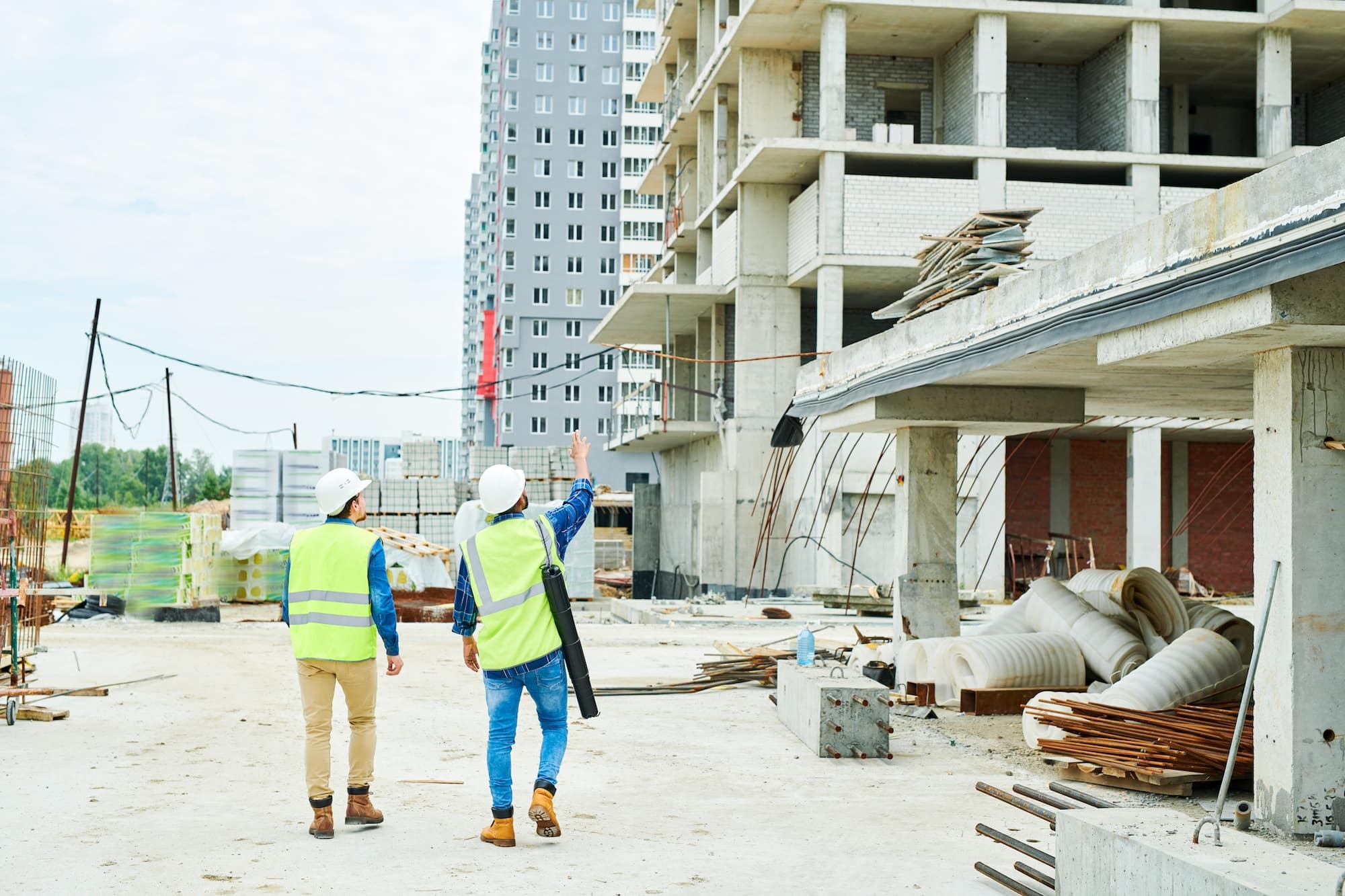Museums are home to works of art and historical specimens that are often many centuries old. These priceless museum collections are especially sensitive to temperature and relative humidity fluctuations — with the potential for changes in color, texture and dimensions driven by chemical reactions and biodeterioration in less-than-favorable conditions.
Recognizing the need to protect often irreplaceable research and artifacts, many museums have invested in data loggers to continuously analyze environmental parameters, including temperature and relative humidity. In the event that either condition moves outside of suitable levels (typically, a temperature of about 70℉ and a relative humidity of about 50%), an alert is sent to personnel.
While data loggers are an effective tool in themselves, there are some specific differences between systems that can help you most effectively monitor temperature and relative humidity in museums.
Choose a Monitoring System That…
…Is Cloud-Based
While it’s important to keep museum personnel aware of the safety of museum collections, it also shouldn’t require them to be inside the workplace walls. Instead of having data loggers that must be connected to local computers to download readings, the better option is a cloud-based temperature and humidity monitoring system where museum personnel can remotely check recorded measurements from the convenience of their home or other location, on any computer or a mobile device — and even identify potential issues before they reach the alert level. This factor has been especially important during COVID restrictions, where museum staff had limited physical access to the museum.
…Enables Customizable Smart Alerts
When there is an issue with temperature and humidity levels in your museum environment, who should be notified? The answer to this question will likely vary based on a few factors — from the day and time of the week to the severity of the issue. Opting for a temperature and humidity monitoring system that includes customizable smart alerts accommodates for these variables and ensures the right information is delivered to the right parties in real time. The ability to customize alert thresholds to suit unique environmental conditions helps avoid alarms for transient conditions that can be a nuisance to museum personnel and instead to dedicate their time and energy to ones that matter.
...Makes Data Easily Accessible
Just as important as keeping existing museum artifacts safe is creating an avenue to have more added in the future. Ensuring appropriate temperature and relative humidity plays a role in this to some degree. For instance, donors or lenders may want to be assured that their donations are displayed and stored in an environmentally controlled space before they decide to share them with a museum. For this reason, efforts to secure grant funds and analyze year-over-year patterns and trends will benefit from having a permanent record of all collected temperature and humidity.
CORIS Combines All Three Features — and More
The CORIS temperature and humidity monitoring system checks all of the above boxes. The cloud-based system is equipped with customizable smart alerts and permanent data storage, so you can get the information you need to navigate current operations and also plan for the future. Alongside these benefits, our state-of-the-art system is intuitive to use, easy-to-install and more cost-effective compared to other temperature and humidity monitoring systems in the market.
Learn more about how CORIS can benefit your museum operations here.






